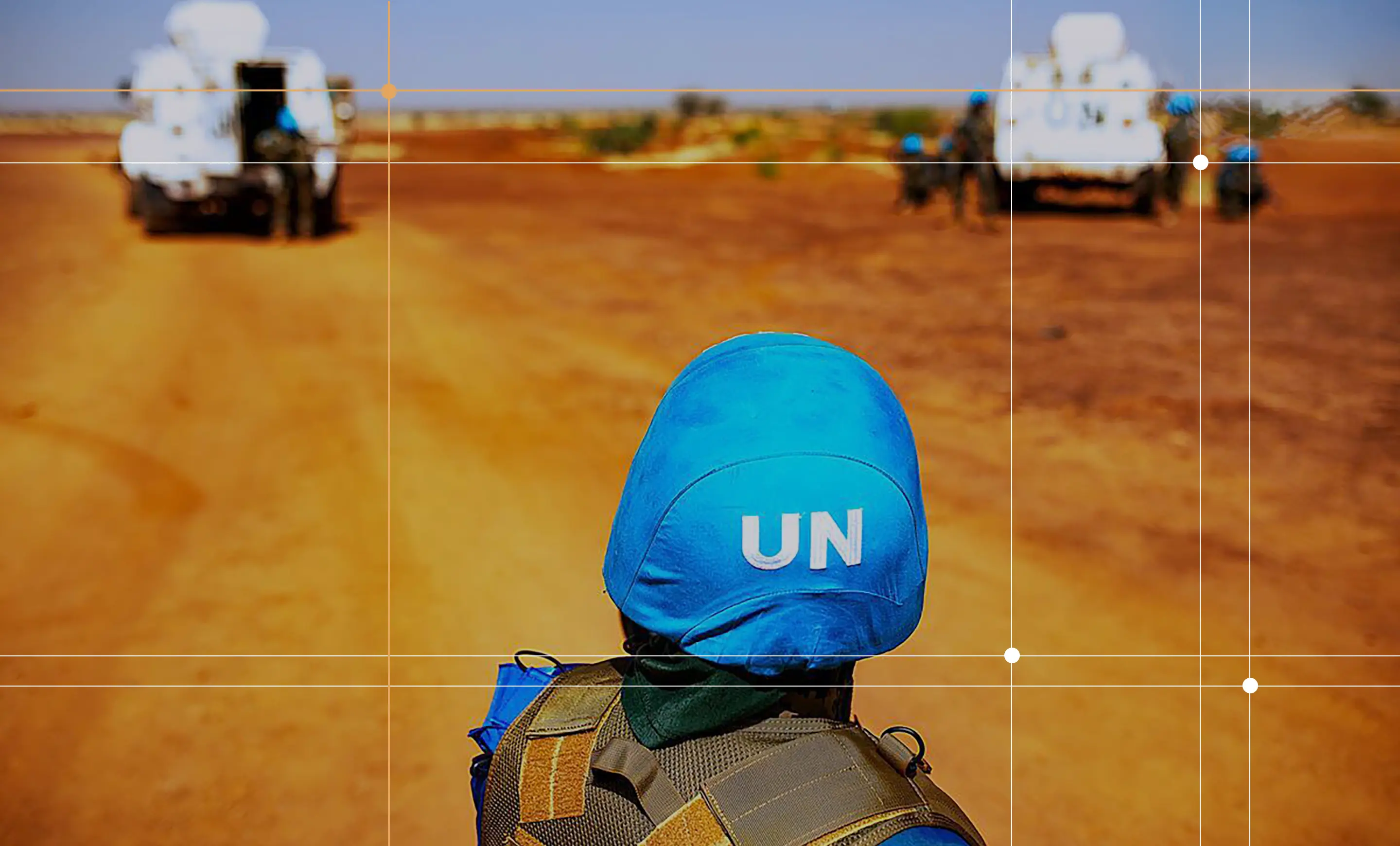
The world is at a moment of inflection and the Index findings support this notion, as geopolitical, economic and technological disruptions are redrawing the contours of the global criminal economy. Organized crime is not only expanding but fundamentally reorganizing, embedding itself more deeply in licit systems with a speed and sophistication that continue to outpace state responses. Traditional trafficking routes are being redrawn, new commodities are displacing old ones, criminal actors that operate across borders or within the legal economy are consolidating, and new and less visible illicit markets are spreading. These dynamics exploit governance gaps and technological shifts, and are expected to shape developments in the years ahead. Earlier patterns have not disappeared, however; they persist, even as the trajectory increasingly points in new directions.
Among the major shifts transforming the criminal ecosystem, the Index highlights several critical dynamics: the growing tendency towards a duopoly in the global drug economy (with cocaine and synthetic drugs at the centre); the rise of less visible and traditionally less violent forms of organized crime, such as financial and cyber-enabled crime; an increasingly encroaching counterfeiting market, shaped not only by technological innovation but also by global economic disruptions such as inflation volatility, stagnating growth and widening inequality; the growing influence of foreign and private-sector actors, reflecting their deepening interconnectedness across borders and the central role of mediators in trafficking dynamics; and, finally, a marked shift within the international cooperation framework, as multilateral collaboration gives way to growing unilateralism.
These developments underscore the importance of identifying red flags in organized crime. This year’s edition has therefore highlighted the patterns and transitions that are reshaping organized crime worldwide against the backdrop of these macro-level developments. Tracking where markets expand most rapidly, or which actors consolidate power provides critical insights into where resilience must be directed. Crucially, it is not only the size of criminal markets that matters, but also the direction of change – the trajectories that reveal where vulnerabilities are deepening and where interventions might alter the course.

The 2025 Index has introduced a forecasting component to interpret the trajectories, made possible by six years of continual and systematic data collection. Although still in its infancy, the forecasting model uses this data to project where criminality is likely to be headed. By continuing to build up a wider set of datapoints, more robust results are expected in the future. Using a sample of 21 countries, the four-year-trajectory prediction model has demonstrated that the current responses to organized crime are unlikely to lead to a sizable reduction in overall criminality levels.
Yet these projections do not imply inevitability. Forecasting models reveal risks, but they also underscore agency. If the future is not fixed, countries still retain the capacity to act as agents of change. Strategically strengthened resilience can recalibrate trajectories, even in contexts where criminality appears deeply entrenched. This potential is most visible when confronting state actors, who can serve as the primary drivers of resilience but also as significant obstacles when they engage in or facilitate criminal activity. Where state-embedded actors hold significant power, regulatory and institutional frameworks are typically less effective in countering organized crime. Through advanced statistical analysis, the Index has confirmed the strength of this relationship: even modest reforms, such as strengthening judicial independence, expanding victim and witness support, and tightening prevention and financial oversight systems, can deliver measurable reductions in the influence of state-embedded actors, who are assessed as the most pervasive and corrosive agents of criminality worldwide.
If different resilience indicators exert different effects on state-embedded actors individually, our findings have also shown that, in combination, their effects multiply. Notably, in contexts where civil society is more engaged, resilience proves especially effective in curbing the influence of state-embedded actors. This underscores the value of a whole-of-society approach in addressing organized crime, one that mobilizes governments, civil society, international cooperation and the private sector to generate reinforcing effects and foster systemic resilience. By integrating strong institutional frameworks with active societal engagement, countries can create environments that are progressively more resistant to exploitation.
Nevertheless, unpredictability is a defining feature of today's global environment. Criminal actors thrive on volatility and adapt rapidly to crises. We are at a crossroads. If left unchecked, organized crime will continue to expand and reorganize in ways that undermine governance, development and security. While no model can eliminate uncertainty, identifying patterns and mapping future trajectories can provide opportunities for course correction, shaping outcomes towards greater security, integrity and resilience. By targeting the right levers of resilience, such corrections are within reach.
Monitoring is therefore essential. The longitudinal data set developed by the Index is more than a record of past vulnerabilities – it has become a strategic resource that enables stakeholders to detect emerging trends, act effectively, identify gaps and adapt responses. For the Index to remain a tool for early warning and a compass for more effective anti-organized crime strategies, the ongoing accumulation of reliable, granular data will be indispensable. As organized crime adapts with remarkable agility, often leveraging the same technological advances that transform the licit economy, so too must the mechanisms designed to confront it. The capacity to track, interpret and forecast these shifts is indispensable if responses are to remain relevant and effective.
